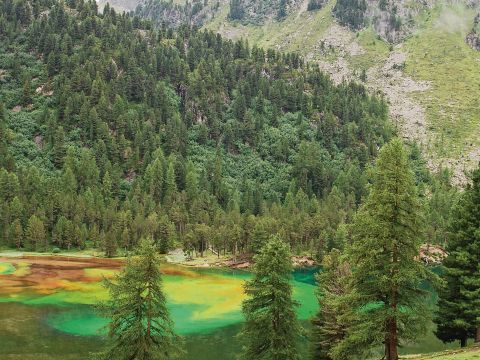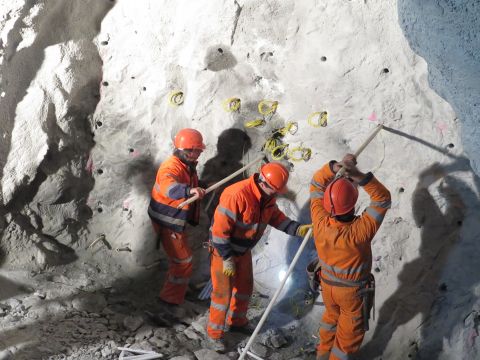Loose rock

The Loos rock includes the Base moraine and the waterborne rock debris, which is located at both tunnel entrances in Preda and Spinas. In the historical report the base moraine is described as being solid, dry and unproblematic. Whereas the waterborne rock debris was discovered as non-cohesive and yielding material.
|
Location |
Tunnel entrances |
||
|
Length |
104.5 m base moraine and 114.5 m rock debris near Spinas / for a few metres near Preda |
||
|
Special Features |
The mountain water level is reached approx. 60 metres from the Spinas entrance. |
||
|
Base moraine |
Historical reports describe these deposits left by earlier glaciers as being solid and dry. We now know however, thanks to exploratory drilling, that there is a possibility of encountering both non-solid material and the ingress of water. |
||
|
Waterbone rock debris |
This debris is not at all solid, and tends to cause major rockfalls. The ingress of water is also to be expected. Waterborne debris may include large blocks of granite, which can complicate precise excavation on a slope. |

